Test Drive Report: New Peugeot 308 SW GT BlueHDi
公開日:2022.12.27
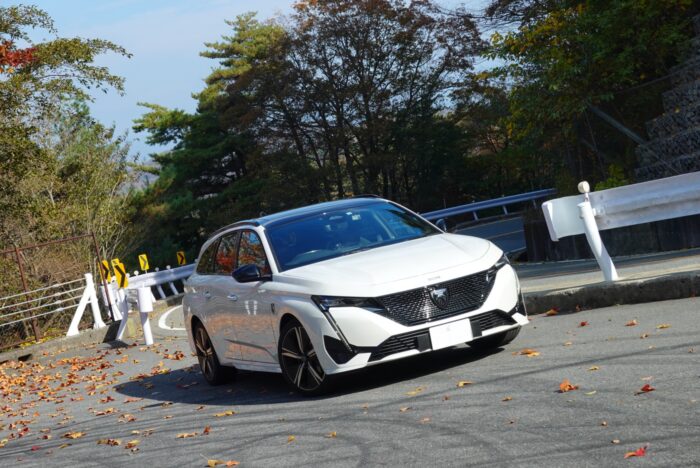
コンテンツ
Peugeot 308 SW
I have never owned a French car before.
It’s not that I dislike French cars; in fact, I was captivated by the sheer beauty of the old Peugeot 306 Cabriolet, designed and produced by Pininfarina. It was one of the cars I really wanted back then.
 The Peugeot 306 Cabriolet. The blue body color combined with the tan interior was stunning. When I was younger, I dreamed of having a son someday and driving with him with the top down.
The Peugeot 306 Cabriolet. The blue body color combined with the tan interior was stunning. When I was younger, I dreamed of having a son someday and driving with him with the top down.
This time, I had the opportunity to test drive the 308 SW (station wagon), the descendant of that 306, so I’d like to share my review. By the way, this was a sudden assignment, so I had zero prior knowledge before getting behind the wheel.
Exterior
This particular model is from the first batch imported to Japan. So at the time of this review, it’s still a rare sight on the streets.
From a distance, it’s unmistakably French with a stylish vibe. The character lines are sharp in places, but unlike German cars, it lacks a rugged, no-nonsense feel and instead exudes a certain gentleness.
The front emblem appears to be a new design and is completely flat. Up close, it looks almost featureless, but from afar, it surprisingly appears three-dimensional without any awkwardness.
The lights are also intricately designed, with absolutely no hint of cheapness.
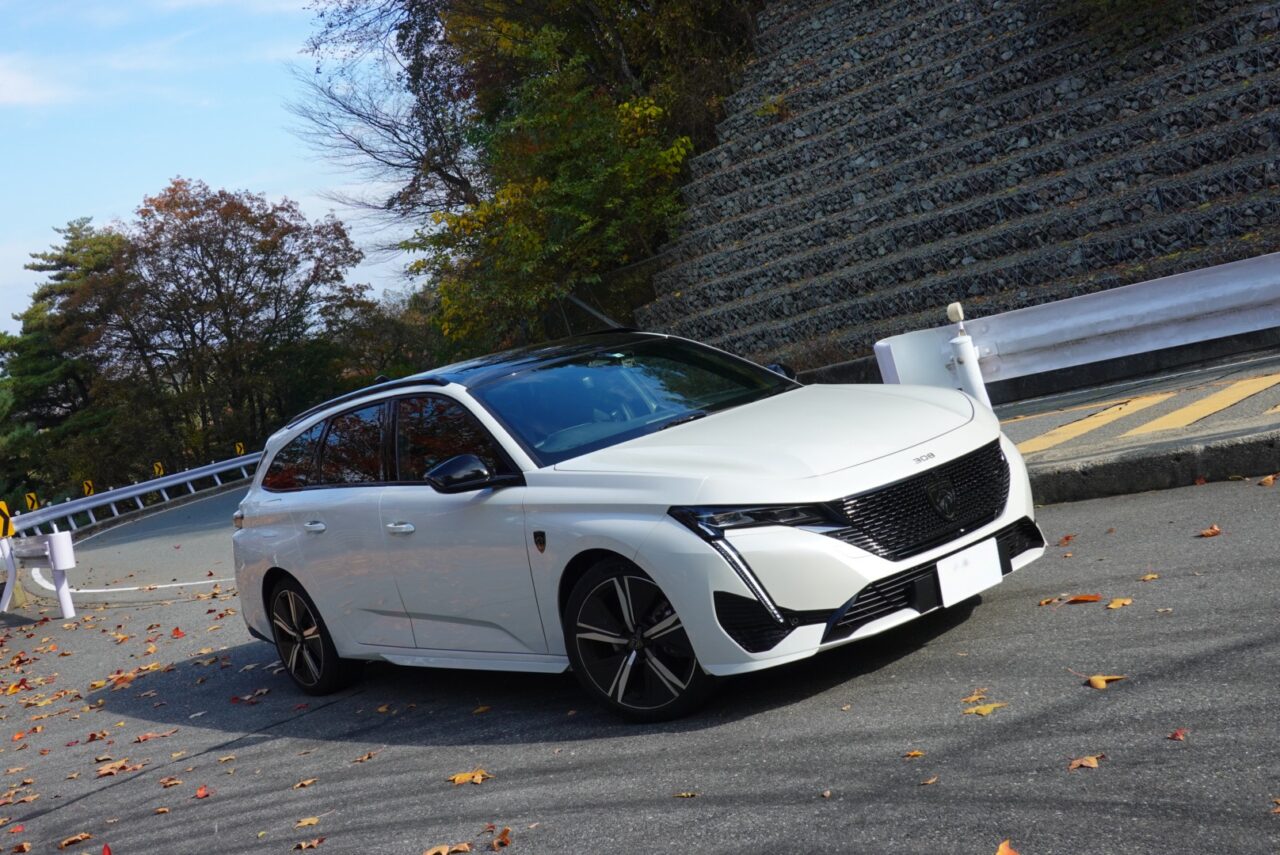
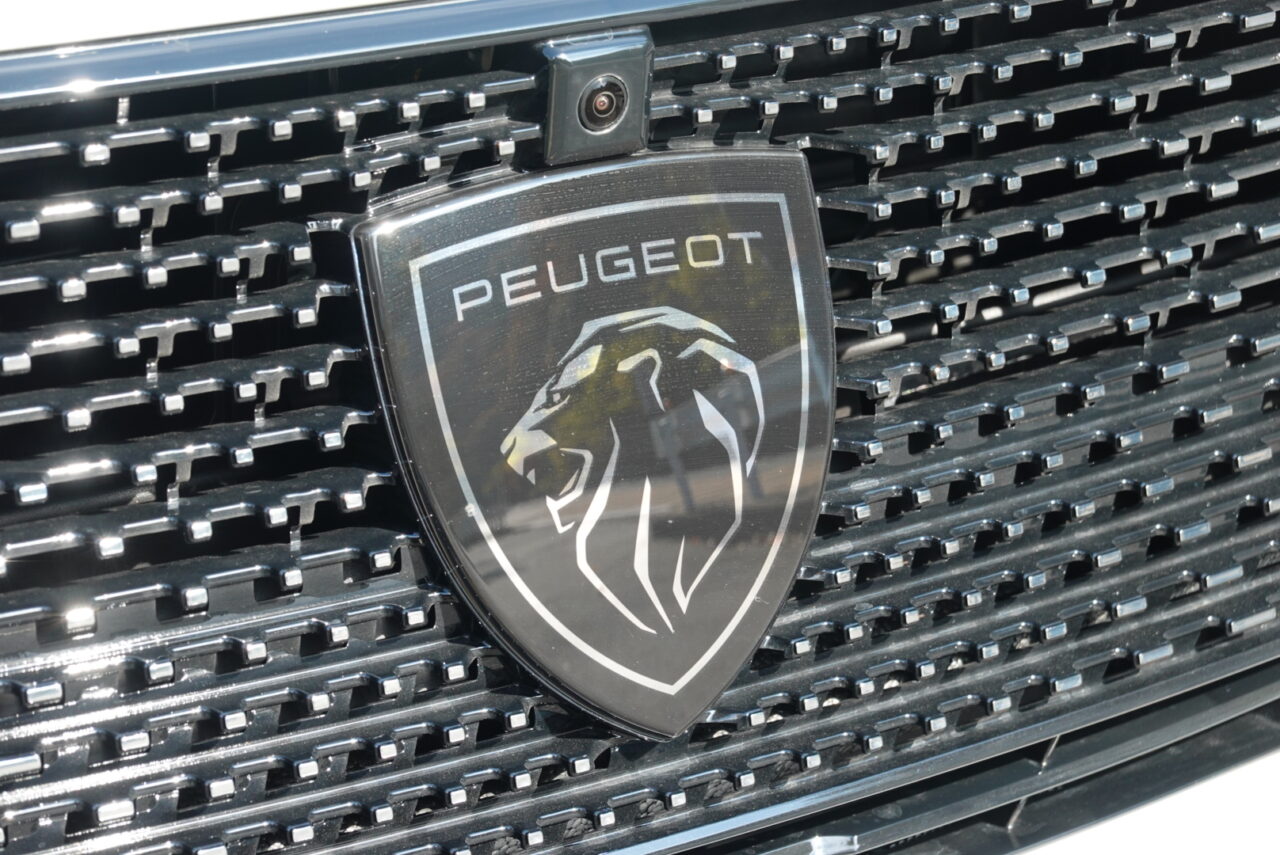

The wheels are 18-inch with 225/40 tires. The spokes themselves are quite thick and seem designed with aerodynamics in mind, but the two-tone paint makes the spokes look longer, giving the impression of even larger wheels than 18 inches.
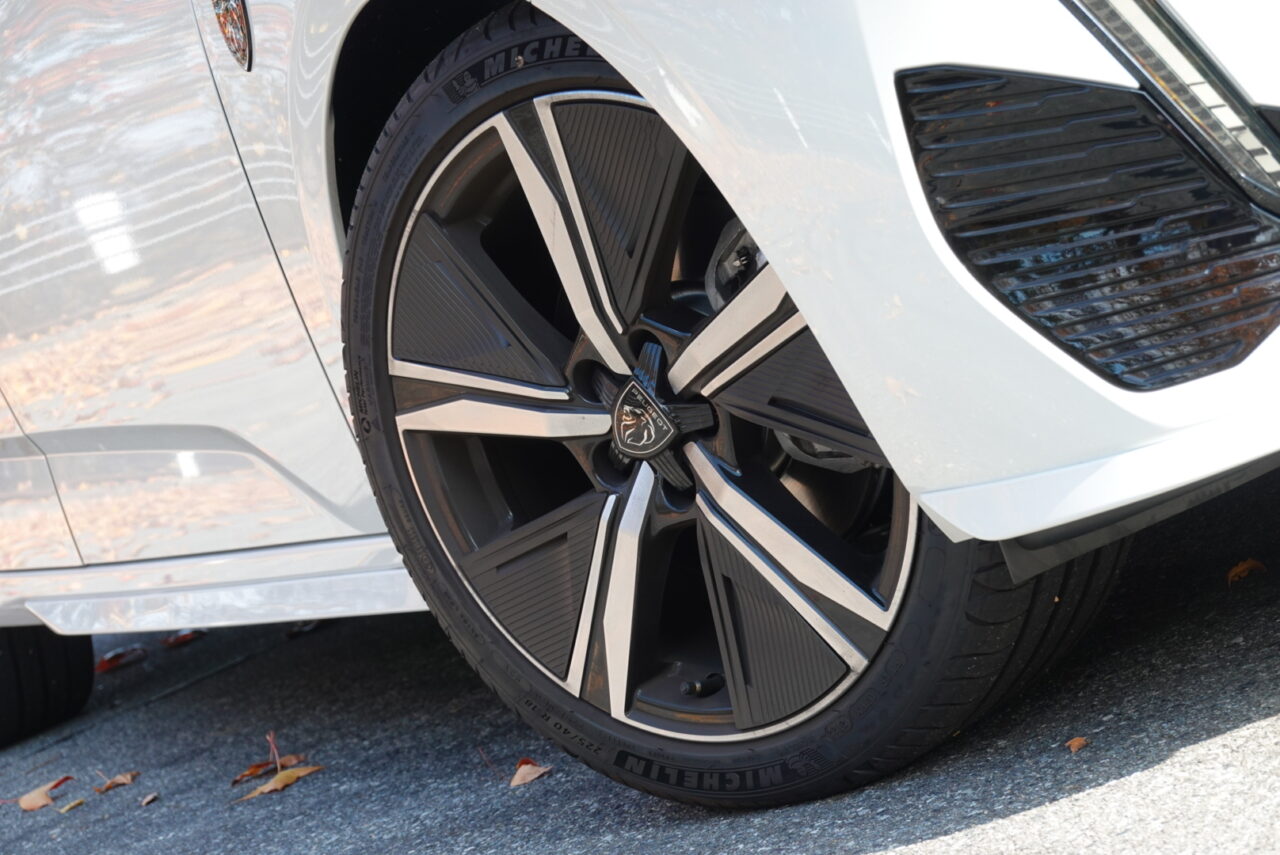
Interior and Infotainment
What surprises you first is the futuristic feel of the infotainment system. To be frank, Japanese manufacturers are completely outclassed in this area. The fonts used are very elegant, and the monitor resolution is extremely high, with crispness comparable to recent smartphones and tablets.
Also, though it’s hard to capture in photos, the speed and RPM gauges appear to float above the panel, giving a very futuristic impression.
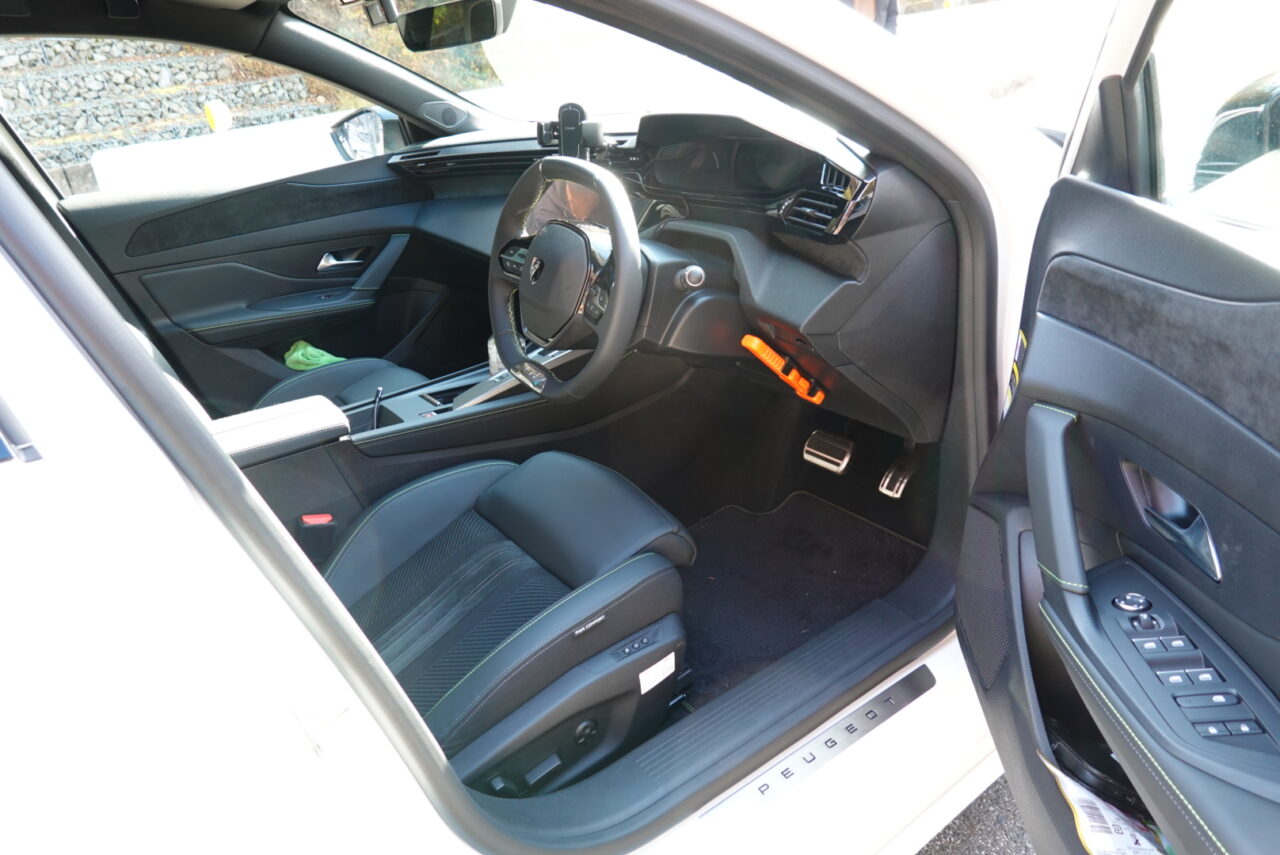
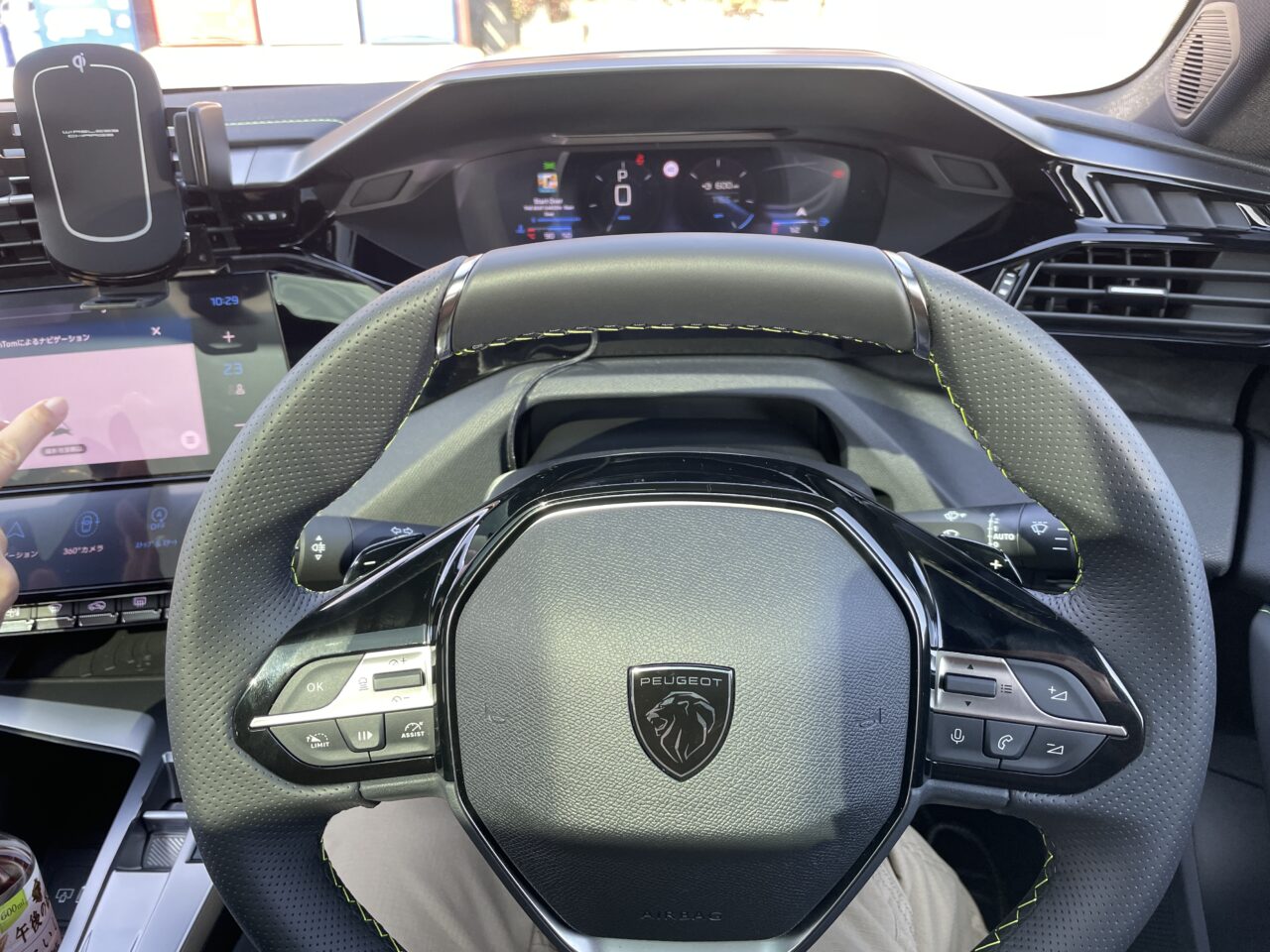
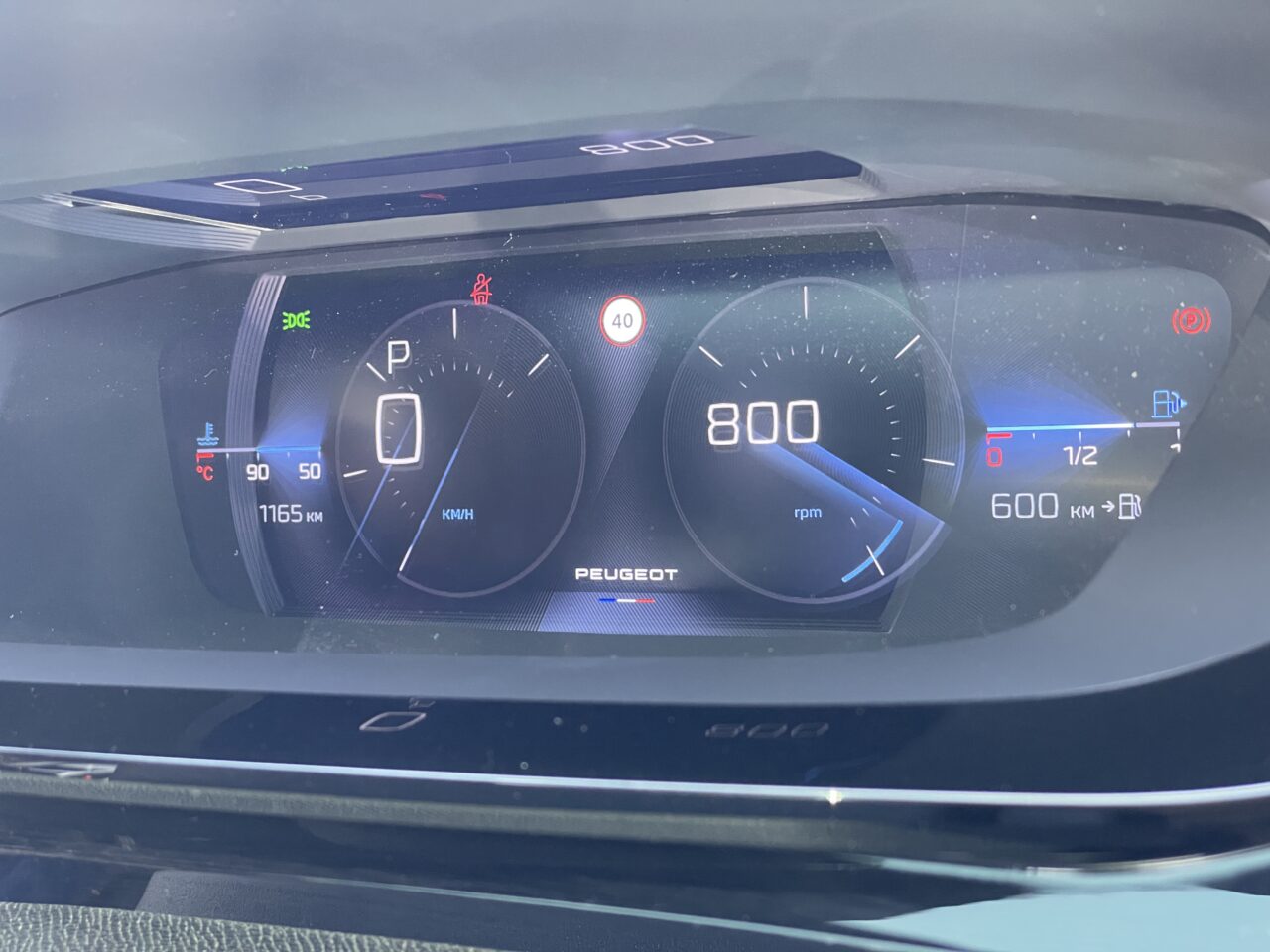
A distinctive feature of this car is that you view the meters over the top of the steering wheel. At first, I wondered if the steering wheel would feel too low and awkward, but once driving, that wasn’t the case at all. The meters were easy to see, and the steering was comfortable to operate.
The center console’s monitors are also very refined, with panel switches that can be assigned frequently used functions, offering extensive personalization options.
The seats are extremely comfortable. They have firm support yet remain cozy, so I believe they would prevent fatigue even on long drives. Personally, I really liked them. Plus, there’s an air-pressure-based massage function, which is quite rare in this price range.
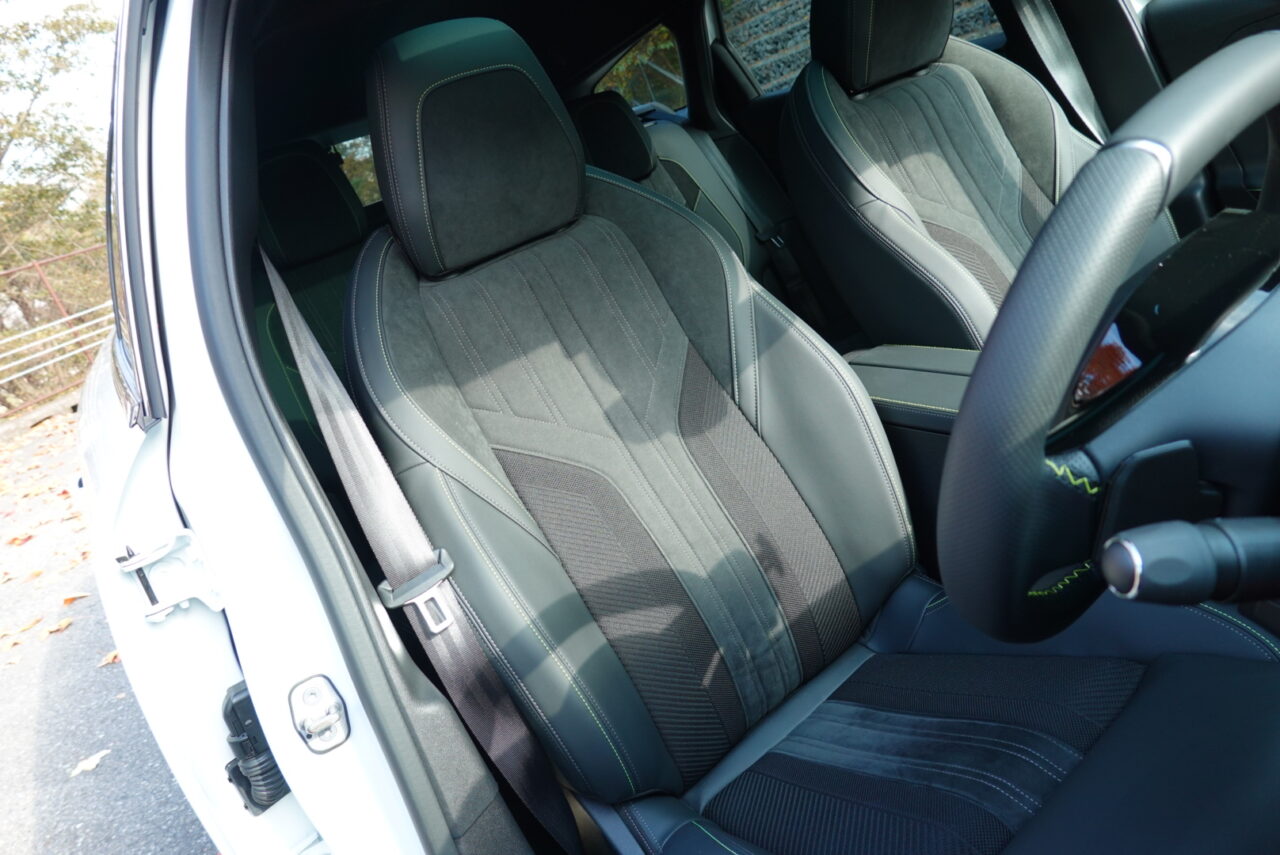
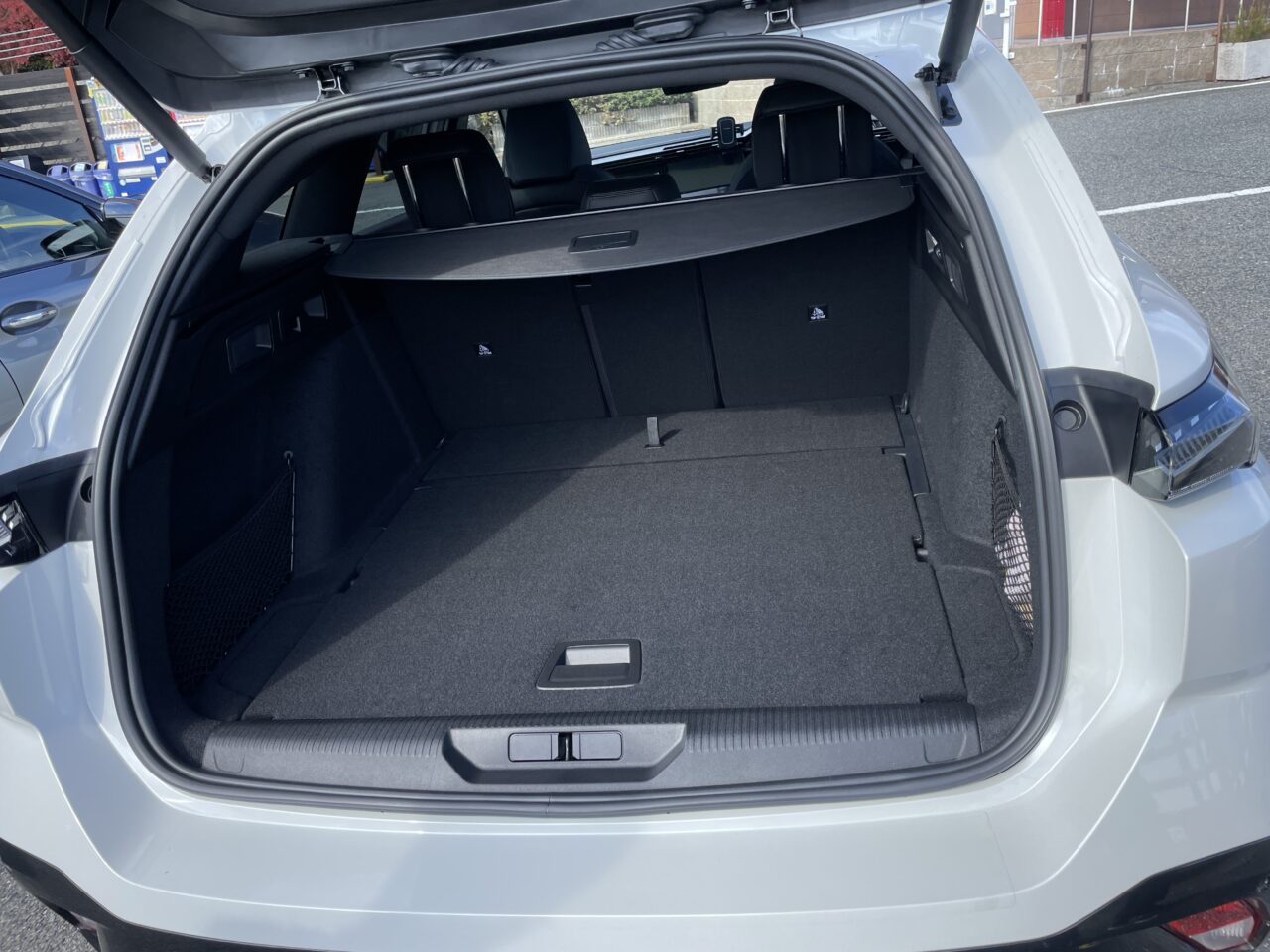 The luggage space is also ample.
The luggage space is also ample.
Ride Comfort and Handling Impressions
This car is equipped with a 1.5L diesel turbo engine. Since this was my first experience with a Peugeot diesel, I sharpened my senses as I started the engine. It woke up very quietly. This is noteworthy—the startup sound, idle noise, and vibration are all superbly minimal.
I thought it might even be quieter than Mercedes or BMW diesels. At idle, it’s hard to tell it’s a diesel engine at all.
Shifting into D and starting to drive, I pressed the accelerator and gradually increased speed to 20 km/h, then 30 km/h. The engine, which had been quiet, began to clearly emit the characteristic diesel sound. This sound grows louder under load during acceleration.
By itself, the sound isn’t particularly loud or unpleasant, but because the idle is so quiet, the contrast makes the noise seem more pronounced.
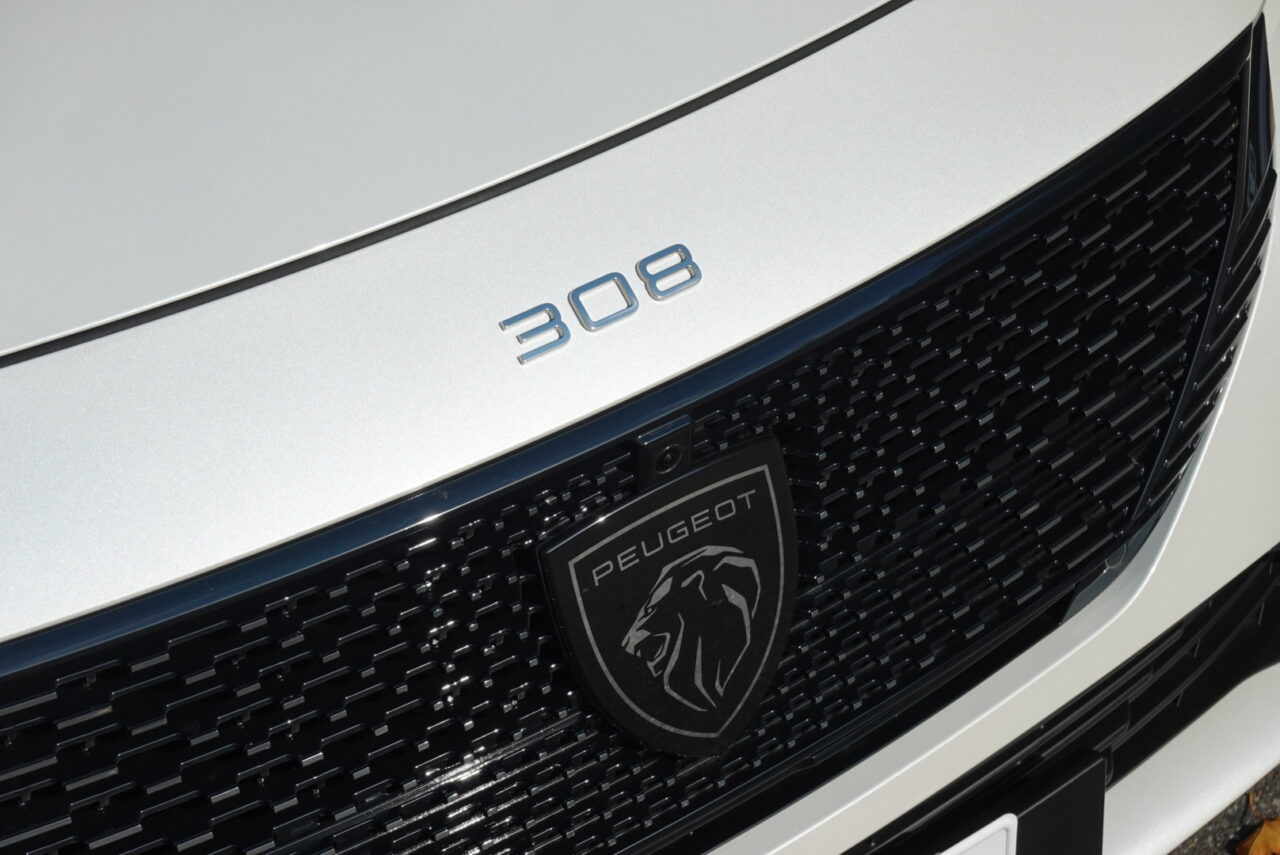
Once cruising speed is reached, the engine becomes very quiet and smooth again. The comfort at this stage is more than sufficient and very refined.
Regarding ride comfort, there is a slight sharpness in the suspension’s response. It’s a bit lacking if you expect the classic “cat’s paw” softness associated with Peugeot. The rear especially feels a bit bouncy. During the test drive, I suggested to the owner that the tire pressure might be too high, and later he contacted me saying, “The pressure was about 0.2 to 0.3 bar higher than standard, and after lowering it, the ride became milder.”
I suspect that after driving more miles, the suspension’s stiffness will ease further, making the ride even smoother.
The engine’s power delivery is more than adequate. Four adult men took it on winding roads, and for 130 hp, it performed well. The maximum torque of 300 Nm at 1750 rpm means you don’t have to press the accelerator deeply on hills to maintain acceleration, making it practical.
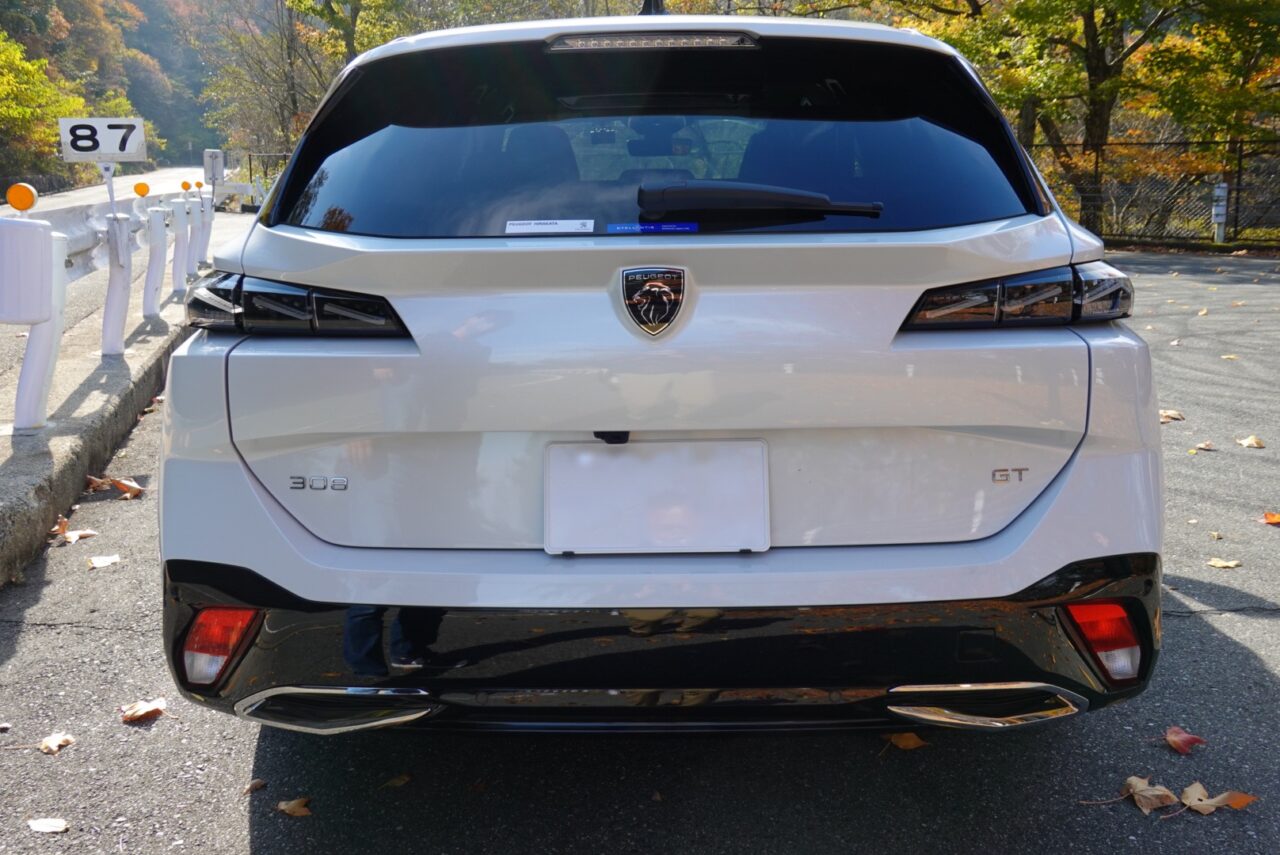
It’s not a sports car, so I don’t think it’s fair to judge the handling as sporty or not, but my impression was that the handling is very straightforward. The steering response isn’t particularly sharp or vague; it’s honest and likely to appeal to a wide range of drivers.
It has a slightly mild understeer characteristic, allowing it to take curves flat up to a certain speed. It can surprisingly show a sporty side. At normal speeds, there’s no sense of insecurity.
Next, I deliberately increased speed entering a corner. When lateral G builds, the body roll deepens slightly, but the tires maintain solid grip on the road. It felt like the car was saying, “You can still push a bit, but this is where you should stop.” It seemed to guide the driver to a comfortable sweet spot for spirited driving.
Overall Impression
The 308 SW GT BlueHDi is priced from 4,587,000 yen at the time of writing. Its rivals would likely include higher-grade versions of the Golf Variant.
Considering that, the interior quality, equipment, and comfort make it an excellent value for money. Especially the infotainment system’s sophistication, the seat quality, and overall comfort are so high that it compares favorably even with cars in a higher class.
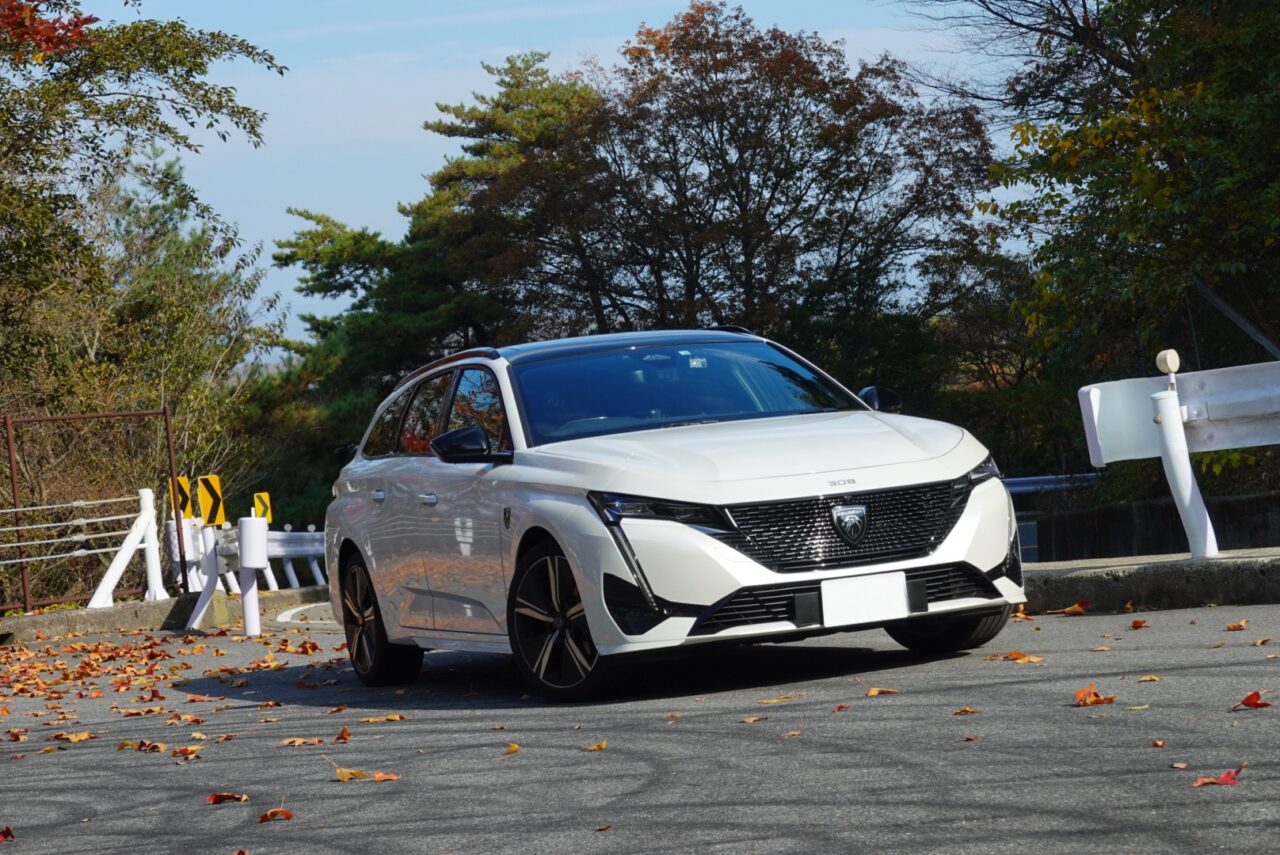
As for handling and driving feel, it’s not particularly sporty or astonishingly comfortable, but there’s absolutely no dissatisfaction. For commuting, shopping, or family trips, it would make a very well-rounded companion.
If you want a firm ride, a German car might be better, but if you want a ride that feels gentle in its own way, then a French car is the answer. However, this “gentleness” is not like the lack of driving confidence you might find in Japanese family cars; it has a solid core within its softness. After this test drive, I felt that this exquisite balance is the charm of French cars, especially Peugeot.
このブログが気に入ったらフォローしてね!


Comment ( 0 )
Trackbacks are closed.
No comments yet.